Choosing the Right Apparel Material for Your Branding Needs: Feature on Cotton and Polyester
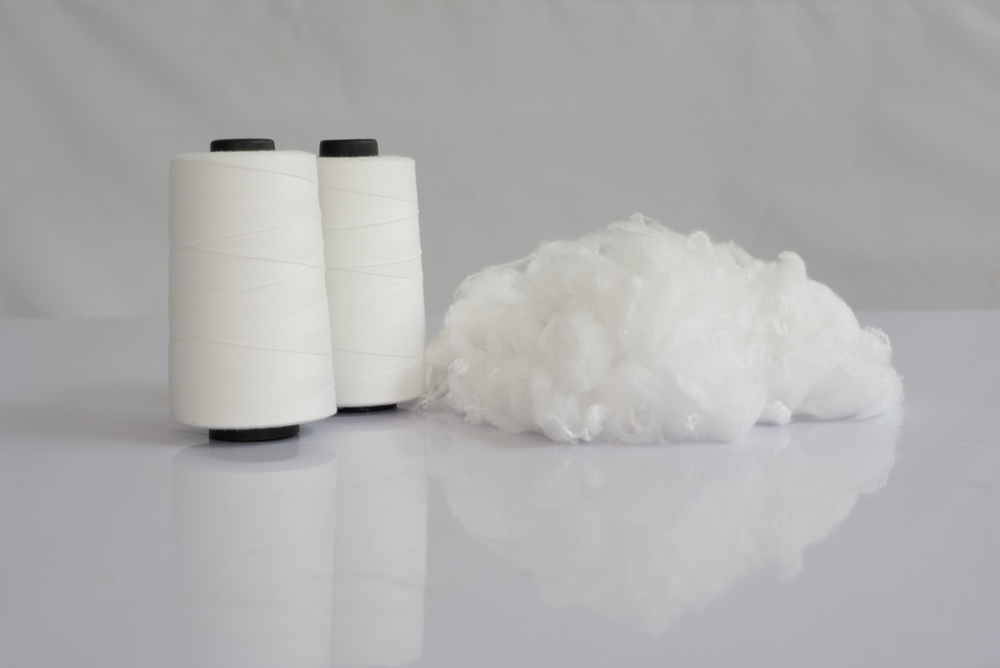
Posted by Naji Jr. on
Choosing the Right Apparel Material for Your Branding Needs: Feature on Cotton and Polyester
Branding is all about making a lasting impression, and choosing the right apparel material can make a significant difference. Whether you are looking for comfort, durability, or a sleek look, the material you select plays a pivotal role. Especially when using embroidery or screen printing techniques, it's vital to understand which materials are best suited. Let’s dive deep into the world of apparel materials to help you make an informed decision.
Cotton: A Deep Dive into the World's Most Popular Fabric
When you think of comfort in apparel, one of the first materials that likely comes to mind is cotton. Revered for its versatility and widespread use, cotton has been an integral part of the clothing industry for centuries. From ancient civilizations to modern fashion runways, this remarkable material has continuously proven its worth. Let's delve deeper into its benefits, challenges, and the myriad ways you can use it for your branding needs.
The Majesty of Cotton's Comfort
Natural Softness: At the heart of cotton's appeal is its inherent softness. Unlike synthetic materials, which can sometimes feel abrasive or too slick on the skin, cotton has a natural, gentle touch. This makes it exceptionally comfortable to wear, and many people prefer it, especially for clothing worn close to the skin.
Breathability: The structure of cotton fibers allows for excellent ventilation. Its breathability means that it can release sweat and heat from the body, keeping the wearer cooler in hot conditions. This makes cotton garments especially favored in tropical and warm climates where comfort is paramount.
Hypoallergenic Qualities: Another noteworthy benefit of cotton is its hypoallergenic nature. Cotton rarely causes allergic reactions, making it an excellent choice for individuals with sensitive skin or allergy concerns. Moreover, because it's less likely to irritate the skin, cotton is often used in baby clothing.
Durability that Stands the Test of Time
Natural Strength: Cotton fibers possess a robust nature. When woven into fabric, these fibers provide a strong base that can endure wear and tear, making it ideal for everyday wear.
Easy Maintenance: Cotton garments are generally easier to care for. They can be machine washed and, in most cases, tumble dried without significant damage, provided the care instructions are followed. Over time, instead of deteriorating, cotton can become softer, enhancing its comfort factor.
Screen Printing and Cotton: A Match Made in Heaven
Absorbent Surface: Cotton's porous nature makes it an excellent candidate for screen printing. The fabric absorbs ink well, ensuring that designs are sharp, vibrant, and long-lasting.
Versatility in Design: Given its popularity, cotton garments come in a plethora of styles and fits. This variety ensures that brands have numerous options when selecting the perfect piece for their design vision.
Potential Challenges
Shrinkage Concerns: A common concern with cotton is its propensity to shrink, especially if it's not pre-shrunk or treated. However, this issue can be mitigated with proper care, such as washing in cold water and air drying.
Price Point: Pure, high-quality cotton, especially organic variants, can come at a steeper price compared to blends or synthetic alternatives. However, the comfort and durability it offers often justify the cost.
Cotton's Best Avatars
While cotton is versatile and can be used in a variety of garments, it shines best in:
- T-Shirts: The quintessential cotton garment, t-shirts are a favorite worldwide. They offer a perfect canvas for brands to showcase their designs and messages.
- Casual Wear: From dresses to comfortable pants, cotton's comfort factor makes it a top choice.
- Corporate Apparel: Cotton polos or dress shirts provide both the professional look businesses seek and the comfort employees appreciate.
Cotton's global appeal is no accident. Its combination of comfort, durability, and printing compatibility makes it a top choice for brands everywhere. Whether you're considering it for its luxurious feel or its screen-printing prowess, cotton promises to deliver results that both you and your customers will love.
Polyester: The Powerhouse of Modern Fabrics
When it comes to fabrics that have revolutionized the world of apparel, polyester certainly ranks at the top. Born out of the world of synthetic polymers, this fabric combines some of the best features desired in modern clothing: durability, versatility, and ease of care. Let’s journey into understanding polyester more deeply, its strengths, its potential challenges, and where it shines the brightest.
Durability Beyond Compare
Resilience: One of the hallmarks of polyester is its resilience. This fabric can endure a lot. Whether it's the daily wear and tear or the occasional tough stain, polyester stands firm. This quality makes it a preferred choice for garments that need to withstand frequent use or rugged conditions.
Chemical and Wrinkle Resistance: Imagine a fabric that resists wrinkles and holds its own against most chemicals – that's polyester for you. This dual resistance makes polyester not just a practical choice for everyday wear, but also for specialized environments like labs or certain industrial settings.
The Sportswear Star: Moisture-wicking Magic
Stay Dry, Stay Comfortable: One of polyester's standout features, especially in the realm of sportswear, is its moisture-wicking property. Unlike cotton, which can retain moisture, polyester actively pushes moisture to the surface of the fabric, where it evaporates. This ensures that athletes or anyone indulging in physical activity stays drier and more comfortable.
Temperature Regulation: The moisture-wicking ability also plays a role in regulating body temperature. By effectively managing sweat, polyester can help wearers maintain a more consistent body temperature, avoiding sudden chills that can occur when sweat cools on the body.
Color Retention: Keep Your Designs Vibrant
Lock in the Color: Polyester's synthetic nature means it's less porous than natural fibers. This characteristic allows it to retain dyed colors incredibly well, resisting fade from washes or sunlight exposure. For brands that pride themselves on vibrant designs, polyester ensures these designs remain bright and fresh for a long time.
Screen Printing Perfection: Beyond just color retention, polyester’s smooth surface makes it a favorable canvas for screen printing. The ink adheres well, ensuring sharp, clear, and lasting prints.
Potential Drawbacks
Breathability and Comfort: While polyester excels in many areas, its breathability can sometimes be a point of contention. Being synthetic, it doesn't allow as much air circulation as natural fibers like cotton. For some, especially those with sensitive skin, this can result in discomfort or irritation.
Polyester's Prime Domains
- Sportswear: As we’ve established, polyester’s moisture-wicking property makes it a go-to for athletic wear. Whether it's a pair of running shorts or a gym t-shirt, polyester ensures optimal comfort.
- Uniforms: For professions that demand durability and a consistent, neat appearance (think firefighters, police officers, or medical professionals), polyester-based uniforms are a popular choice.
- Durable Work Clothing: In industries where clothes undergo significant stress, like construction, polyester offers the strength and longevity desired.
Polyester, with its blend of durability, moisture management, and impressive color retention, has cemented its place in the apparel industry. While it might not be everyone's first choice for everyday comfort, there's no denying its unmatched functionality in specific domains. For brands looking to make a lasting impression, especially in the world of sportswear or work clothing, polyester offers a robust and reliable option.
Poly-Cotton Blend: Bridging the Gap Between Comfort and Durability
In the vast world of textiles, the poly-cotton blend emerges as a harmony of two powerful fabrics: polyester and cotton. As we constantly seek the perfect middle-ground in apparel – a fabric that offers both comfort and longevity – the poly-cotton blend appears as an answer to this quest. Let's delve deeper into this blended fabric, understanding its strengths, potential challenges, and ideal uses.
Marrying the Pros: A Fusion of Benefits
Balanced Comfort and Durability: By integrating the soft, breathable nature of cotton with the robust and long-lasting characteristics of polyester, poly-cotton brings forth a fabric that’s comfortable enough for prolonged wear while being sturdy enough to resist wear and tear. This dual advantage makes it a preferred choice for many, from everyday consumers to apparel brands.
Less Worries with Laundry: One of the common grievances with pure cotton is its tendency to shrink after a wash. However, the introduction of polyester into the mix significantly reduces this concern. The result? Garments that maintain their shape and size wash after wash.
Versatile Printing Canvas: When it comes to branding and customization, poly-cotton stands out as a flexible medium. Its balanced texture makes it receptive to both embroidery and screen printing, allowing brands multiple avenues to imprint their designs. With poly-cotton, you get clear, vibrant designs that last.
The Caveat: Dealing with Heat
Mind the Temperature: The presence of polyester in the blend means poly-cotton garments need a bit more care during printing processes. Polyester is sensitive to high temperatures, which can potentially cause melting or distortion. Brands and printers must be cautious, ensuring the heat settings are optimal to prevent damage.
Ideal Uses: Where Does Poly-Cotton Shine?
- Casual Wear: Given its comfort factor, poly-cotton finds a significant presence in everyday clothing items – be it t-shirts, hoodies, or lounge pants. Its ability to resist wrinkles more than pure cotton means you get casual wear that looks neat with minimal effort.
- Corporate Apparel: In the corporate world, appearance matters. Poly-cotton, with its neat finish and reduced shrinkage, is often chosen for company uniforms or office wear. Whether it's a polo shirt bearing the company logo or a blouse for everyday office wear, poly-cotton ensures employees look sharp and feel comfortable.
- Promotional Items: For brands looking to create promotional apparel – perhaps a shirt for a company event or a giveaway for customers – poly-cotton is a wise choice. Its adaptability to both embroidery and screen printing means brands can get creative with their designs.
The poly-cotton blend isn't just a fabric; it's a testament to how blending the best attributes of two materials can create something truly remarkable. In a world where we seek balance, poly-cotton offers just that: the warmth and comfort of cotton combined with the resilience of polyester. For brands and consumers alike, this blend promises garments that not only feel good but also stand the test of time.
Conclusion
Choosing the right material is paramount for your branding needs. Consider the purpose, the comfort, durability, and of course, how the material will react to embroidery or screen printing. By understanding the unique properties of each fabric, you can make an informed choice that ensures your brand stands out for all the right reasons.
Categories
Recent Posts
- The Best Custom Polos for Workwear and Events
- The Most Popular Custom Hats for Every Occasion
- Why Choose a Mesh Back Hat?
- Exploring Backstrap Options: The Benefits and Drawbacks of Popular Hat Closures
- The Perfect Pair: Branded Bills Hats for Embroidery
- Trendy Camo Hats for the Outdoors: Customize the Richardson 111P with LogoUp
- The Ultimate Guide to Customizing the Richardson 320 Washed Chino Hat with Embroidery
- Embroidery on the Otto Cap 39-165: High-Performance Customization for Every Occasion
- LogoUp Holiday Gifts: Embroidered and DTF-Decorated Richardson 112, 112PFP, and 112PM
- Gifting LogoUp Custom Campfire Mugs: Thoughtful, Versatile, and Personalized











































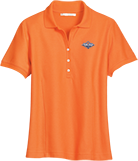
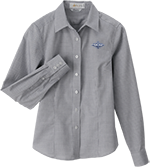
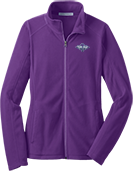
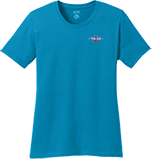



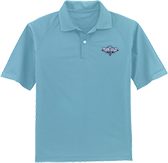


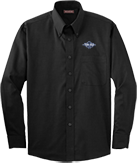
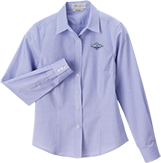




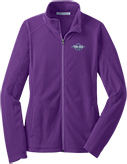
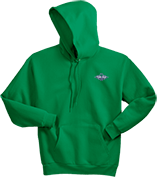

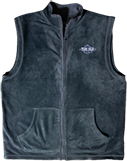

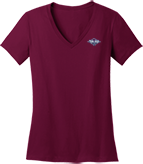

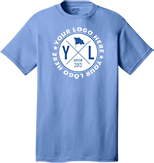
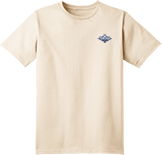
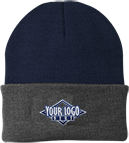










Add Comment